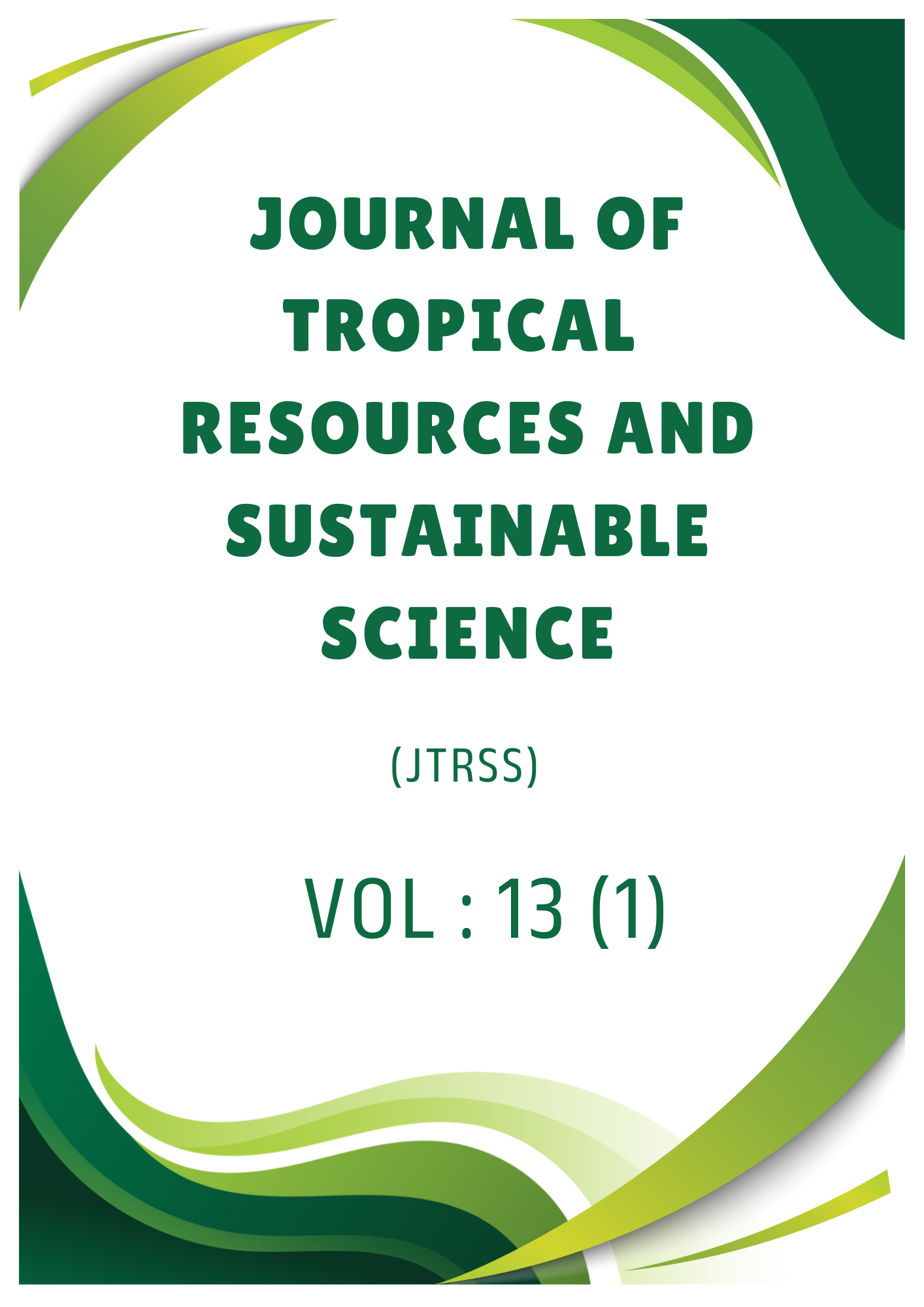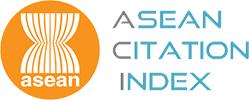Comparative Growth Performances of Saanen Does in Traditional Wooden and Aluminium Galvanized Iron Housing System
DOI:
https://doi.org/10.47253/jtrss.v13i1.1516Keywords:
aluminium galvanized iron, traditional wooden, ADG, weight gain, adaptationAbstract
Growth performance can be used as indicator to utilize the general adaptability of the farm animal in the housing system. This study was done to evaluate the impact of traditional wooden and aluminium galvanized iron houses on growth performance of Saanen does for a period of three months. Twelve, aged nine to twelve months old Saanen does with average weight 24.6 ± 1.2 kg was randomly were assigned to each housing types (n = 6 per group). Live weights were recorded weekly, and total weight gain and average daily gain (ADG) were analysed using non-parametric tests. The results revealed no statistically significant differences (P > 0.05) in weekly weight gain or average daily gain (ADG) between the two housing types. However, the traditional wooden house (weekly weight gain: 0.69 ± 0.2 kg, ADG: 98.22 ± 23.4 g) demonstrated slightly higher compared to the aluminium galvanized iron house (weekly weight gain: 0.60 ± 0.1 kg, ADG: 85.32 ± 16.4 g). Weekly growth trends revealed steady weight increases with temporary stagnation around weeks 4–6 due to feed supply challenges. These findings confirm that both housing systems provide adequate environments for the physiological development of Saanen does. The study supports the feasibility of aluminium galvanized iron housing as a cost-effective and sustainable alternative for small ruminant farming in Malaysia.







